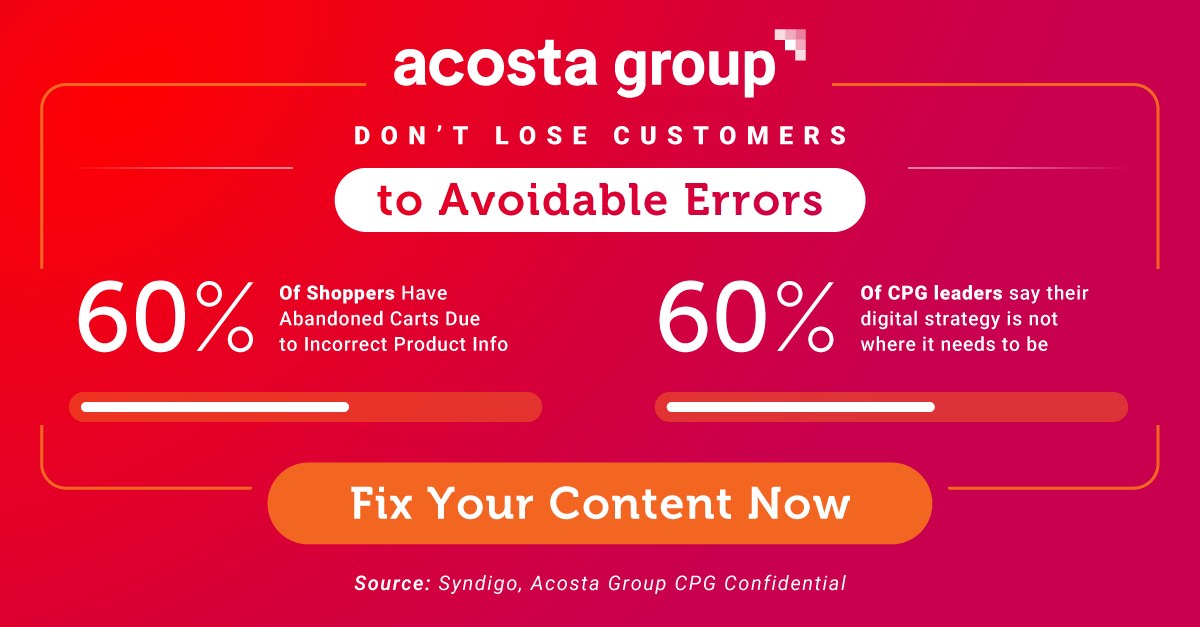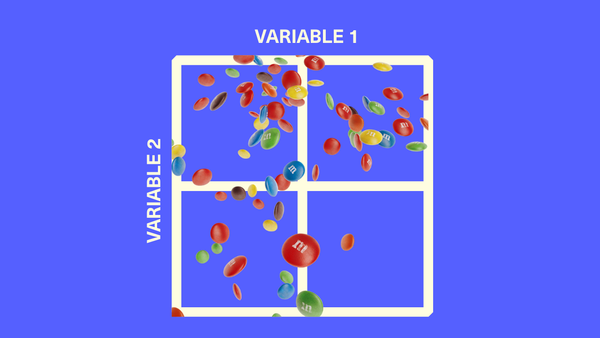Agentic Shopping Poses An Existential Threat To Retail Media (Part 2)
What retailers and brands should be doing to prepare for a future where AI agents ignore Sponsored Product ads.

When I started my agency Bobsled Marketing back in 2015, I watched brands split into two camps: the early adopters who jumped onboard with the idea of selling on Amazon, and the holdouts who dismissed it as a fad. The early adopters realized they needed to be where consumers were engaging in shopping behaviors. The holdouts played catch-up a decade later.
We're at another one of those moments right now with AI agents. In this follow-up post, I'll share what retailers and brands should be doing to prepare for this future where AI agents ignore Sponsored Product ads.
Quick Refresher: The Threat Is Real
In Part 1 of this series, I laid out how agentic shopping threatens the 60BN retail media industry. The math is stark: when consumers stop browsing retailer websites and start telling ChatGPT "build me a shopping basket for tacos tonight," three things happen:
On-site advertising revenue (70-80% margins) vanishes - no more sponsored product listings or display banners when shoppers never visit your site.
Off-site data monetization (40% margins) gets watered down - that exclusive first-party data retailers sell to advertisers becomes less valuable when AI agents also have transaction records across multiple retailers.
Physical trade marketing (near 100% margins) becomes the safe bet - people will still visit stores and see endcaps, making old-school in-store advertising the most disruption-proof revenue stream.
Now for the harder question: what should retailers and brands do about it?
What Retailers Need to Do Right Now
- Treat AI Agents as Your VIP Customers
As I told Scot Wingo on his podcast Retailgentic last week, this is going to require a mindset shift, for sure. But instead of trying to block or limit AI agents, retailers should roll out the red carpet. These agents will have enormous purchasing power on behalf of consumers. Build your website with agents in mind. Make it easy for agents to access your product catalog, inventory levels, and pricing. Invest in rich, accurate product data that helps agents make smart recommendations.
The retailers trying to block AI agents or make their product information hard to access are fighting the wrong battle. The goal should be making your inventory and capabilities so accessible that AI agents recommend you over competitors. If an agent can't easily check your stock levels or delivery options, it'll route business elsewhere.
- Loyalty Programs are Your New Moat
Here's where retailers have their biggest shot. When an AI agent is comparison shopping for me, I'm going to give it preferences to guide its decisions—dietary restrictions, budget limits, and loyalty program status. Picture this: I tell my AI to build a grocery basket for five meals. It finds that Retailer A is cheaper than Retailer B, but factors in that I'm close to the next tier in Retailer B's loyalty program, which gets me free delivery or gas points. The agent might recommend paying a bit more to hit that tier.
This is why loyalty programs need to evolve from basic points-and-discounts to rich preference engines that AI agents can understand. The retailers who build the most compelling loyalty ecosystems—with clear tier benefits, exclusive products, or unique services—will have a moat that pure price comparison can't breach.
- Double Down on What Makes You Different
When AI agents are comparison shopping, pure price competition becomes a race to the bottom. Retailers need to compete on dimensions that matter to consumers but can't easily be copied: fulfillment speed, hassle-free returns, unique product selection, or discovery experiences that feel like entertainment rather than work.
- Physical Stores Actually Win
Here's some irony for you. As digital retail media disrupts traditional trade marketing, agentic shopping might flip that equation back. Physical stores will remain largely untouchable by AI intermediaries. Endcaps, shelf displays, and in-store experiences become more valuable as digital real estate becomes contested territory.
The impact varies by category. For grocery retailers, where most shopping still happens in-store, the threat to advertising revenue might be manageable. For electronics retailers heavily dependent on e-commerce, the disruption could be more severe.

Did you know that 60% of shoppers abandon carts when product info is wrong? Before you ramp up your ad spend, fix the shelf. Acosta Group’s award-winning Connected Commerce crew is trusted by brands like Coca-Cola and Sanofi to deliver critical content updates. Acosta Group handles it all, then layers on media buying.
Learn more about Acosta Group’s Connected Commerce capabilities at Acosta.Group
The Brand Playbook for an AI-First World
- Brand Marketing Makes a Comeback
When bottom-funnel sponsored ads lose their punch, top-funnel brand building becomes crucial again. Brands need to be present where AI agents source their information: CTV, social media, out-of-home advertising, and anywhere else that builds brand awareness that influences AI recommendations.
- Sponsored Spend Flows to AI Platforms
That performance advertising budget won't disappear—it'll just move. Microsoft is already showing excellent click-through and conversion rates with Copilot ads. When ChatGPT inevitably adds advertising (despite Sam Altman's protestations), smart brands will be early movers.
- Invest Big in Genuine Reviews and User-Generated Content
AI agents heavily weight authentic user reviews when making recommendations. This means bigger investments in influencer marketing, product seeding, and encouraging genuine customer feedback across forums and review platforms. The brands that flood the information ecosystem with positive, authentic mentions will win the AI recommendation game.
4. Push Retailer Partners on Data and Agent Access
Brands have pull here. Push your retail partners to make product information easily accessible to AI agents. Insist on accurate inventory data, detailed product specifications, and smooth integration capabilities. The retailers who make it easiest for AI agents to recommend their partners' products will attract the best brand relationships.
Timeline and Scale: What We're Actually Talking About
PayPal's CEO recently predicted that 25% of e-commerce will be agent-driven by 2030. That sounds huge until you realize it's 25% of roughly 20% of total retail sales—about 4% of overall commerce. But for retailers with heavy e-commerce exposure, losing 25% of digital traffic hits hard, especially when that traffic represents their highest-margin advertising revenue.
The retailers most at risk are those dependent on digital discovery and conversion. The ones best positioned are those with strong physical footprints, compelling loyalty programs, and unique product selections that can't easily be copied.
The Bottom Line
Just like those agency CEOs who dismissed Amazon advertising as a passing fad, the retailers and brands that ignore agentic shopping do so at their own peril. The technology exists, consumer behavior is shifting, and the math makes too much sense for AI companies to ignore.
The winners will be those who lean into this change rather than resist it. Build loyalty programs that AI agents can work with. Make your product data accessible. Invest in the brand building that influences AI recommendations. Treat agents as your best customers.
Read more from me on this topic:





